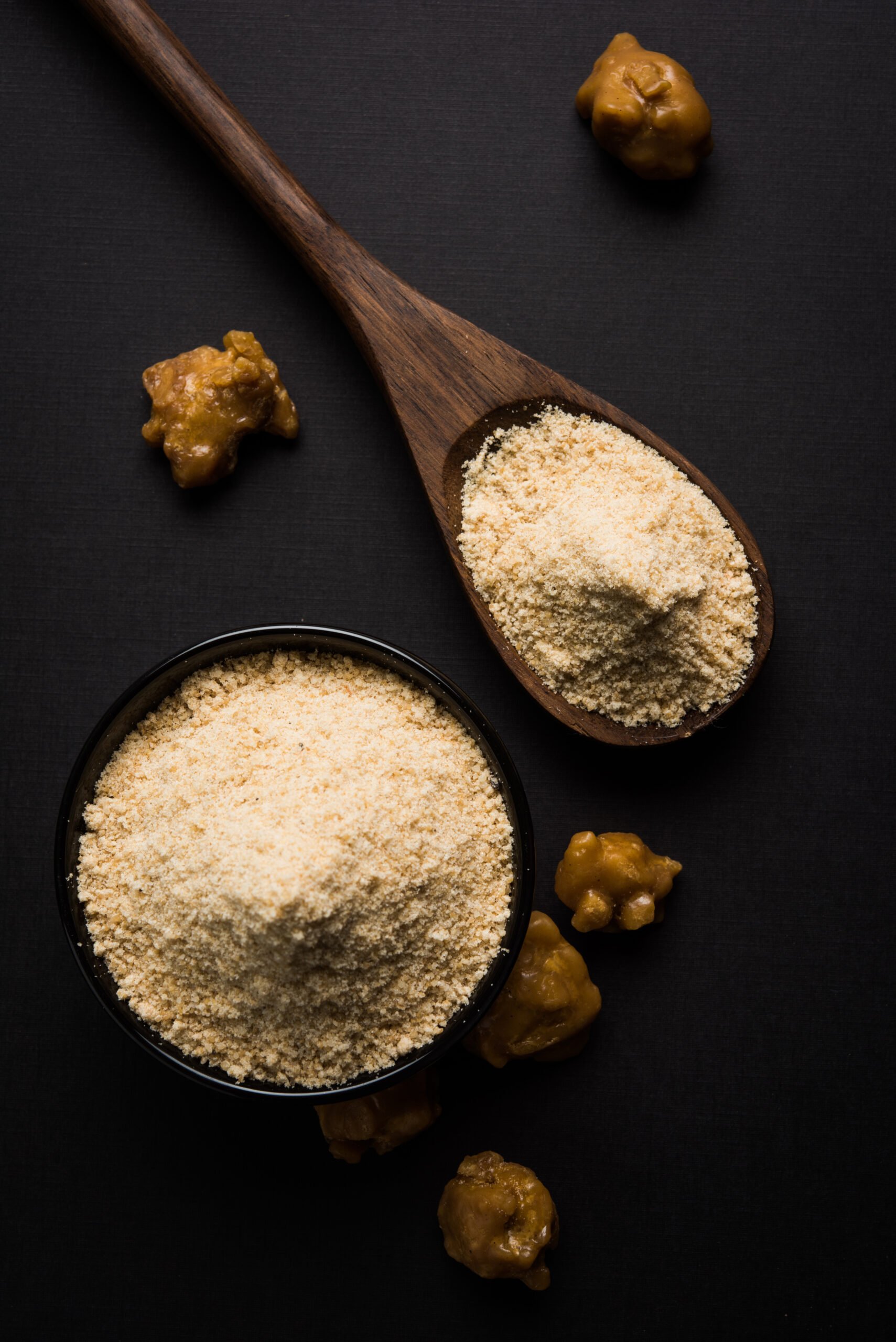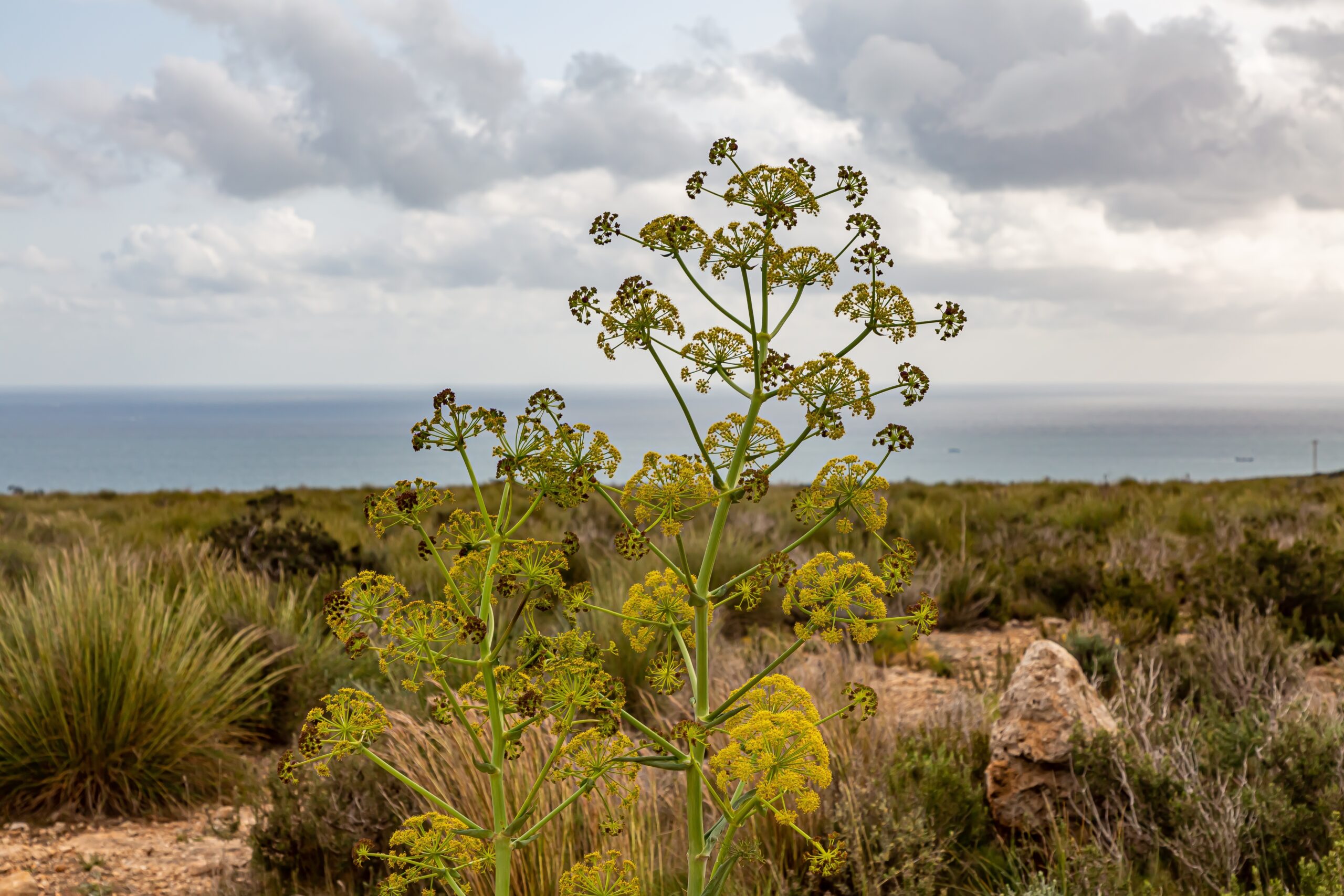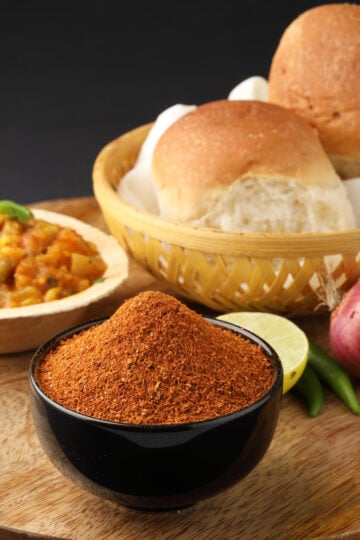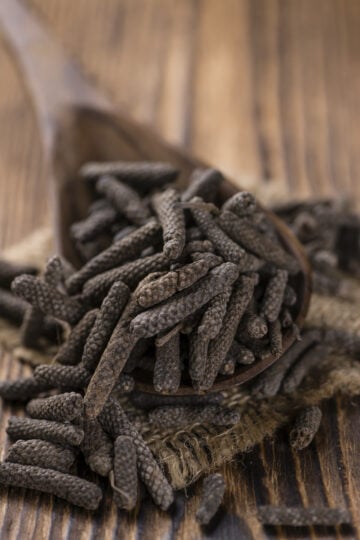 If you’ve cooked Indian food or even just smelled a simmering pot of dal, you’ve probably come across asafoetida. Called hing in Hindi, this spice has a reputation for its powerful smell—some say it’s funky, others call it downright stinky. But once it hits hot oil, it changes completely, turning mellow and savory, almost like a mix of onions and garlic.
If you’ve cooked Indian food or even just smelled a simmering pot of dal, you’ve probably come across asafoetida. Called hing in Hindi, this spice has a reputation for its powerful smell—some say it’s funky, others call it downright stinky. But once it hits hot oil, it changes completely, turning mellow and savory, almost like a mix of onions and garlic.
What Exactly Is Asafoetida?
Asafoetida is a dried resin taken from the roots of a plant in the fennel family. It’s usually ground and mixed with rice flour or wheat flour to keep it from clumping. When you first open the container, don’t be surprised if the smell is intense—that’s normal.
Quick Facts About Asafoetida (Hing)
- What it is: A dried resin from the root of the Ferula plant, used as a spice
- Flavor: Strong, pungent when raw; mellow, garlicky, and onion-like when cooked
- Best in: Indian dals, curries, pickles, and tempering (tadka)
- Special note: Used in tiny amounts; traditionally valued for aiding digestion
- Storage: Keep tightly sealed in an airtight container, cool and dark; very potent, so store separately from other spices

Why Use It?
People love hing because it does a few things really well:
- Adds a deep, savory flavor to vegetarian dishes
- Helps with digestion, especially in lentil-heavy meals
- Replaces onions and garlic in recipes where those are avoided
And since you only need a pinch, a small jar lasts a long time.
How to Cook With It
The key is to never use asafoetida raw. Always let it sizzle in hot oil or ghee for a few seconds first. This takes away the harsh smell and brings out its best flavor.
Here’s how to do it:
- Heat a little oil or ghee.
- Add a pinch of hing.
- Let it bubble for a few seconds.
- Add the rest of your spices or vegetables.
That’s all it takes to fill your kitchen with an amazing aroma.
What It Tastes Like
Cooked hing has a warm, savory taste a bit like sautéed onions. It blends into dishes and gives them more depth without standing out on its own.
Easy Ways to Use It
- Stir into lentil soups or dals
- Add to sambar or vegetable curries
- Sprinkle into potato dishes while tempering spices
- Mix into chutneys for extra flavor
Potential Health Benefits of Asafoetida (Hing)
Asafoetida (hing) is a traditional spice valued for both its distinctive flavor and its potential health benefits. Research and traditional use mainly point to three key areas:
Digestive Support
Asafoetida has been used in Ayurveda for centuries to aid digestion and reduce gas. It is known as a carminative, helping the body process heavy foods like legumes more comfortably. Studies suggest it stimulates digestive enzymes and bile, which may ease bloating and support smoother digestion. (Source)
Anti-Inflammatory and Antioxidant Properties
Laboratory and animal research has shown that asafoetida contains compounds with antioxidant activity. These substances can help neutralize free radicals and may reduce inflammation in the body. While these results are promising, most evidence so far comes from experimental studies rather than large human trials (Sources 1, 2)
Antimicrobial Effects
Extracts of asafoetida have demonstrated antimicrobial action in lab tests against certain bacteria and fungi, including common pathogens. However, it’s not clear whether these effects are significant when the spice is consumed in small culinary amounts. (Sources 1, 2, 3)
Overall, asafoetida is considered safe when used in typical cooking quantities. Its digestive benefits are well-supported by traditional practices and early research, while its antioxidant and antimicrobial effects will need more studies in humans to understand their full impact.
A Few Tips
- Start small—asafoetida is strong. Too much can overpower everything.
- Store it in a well-sealed container so the smell doesn’t spread.
- Check if it’s blended with wheat flour if you need it gluten-free.
Quick FAQ About Asafoetida
Is asafoetida the same as hing?
Yes—“hing” is simply the Hindi name for asafoetida.
Can you eat it raw?
No, you should always cook it briefly in oil or ghee to mellow its strong smell and bring out its flavor.
What does it replace in cooking?
It often takes the place of onions and garlic, especially in recipes where those ingredients are avoided for religious or dietary reasons.
Where can I buy it?
You’ll find asafoetida in Indian grocery stores and online spice shops. Look for trusted brands like L.G., Vandevi, or Everest.
What is its shelf life?
If stored in a sealed container in a cool, dry place, asafoetida can stay fresh and potent for about a year.
Final Thoughts
Asafoetida can feel intimidating if you haven’t used it before, but once you try it, you’ll see why so many Indian dishes rely on that pinch of hing. It’s a simple way to add richness and bring out the best in everyday recipes.
Learn More About Asafoetida
-
Wikipedia – Asafoetida
A detailed overview covering the history, botanical background, culinary uses, and cultural significance of asafoetida. - Bon Appétit – Why Asafoetida Is the Secret Weapon in My Spice Cabinet
A short, engaging article on what asafoetida tastes like, how to use it, and why it’s such an essential part of Indian cooking.






Have a question or something to share? Leave a comment below!